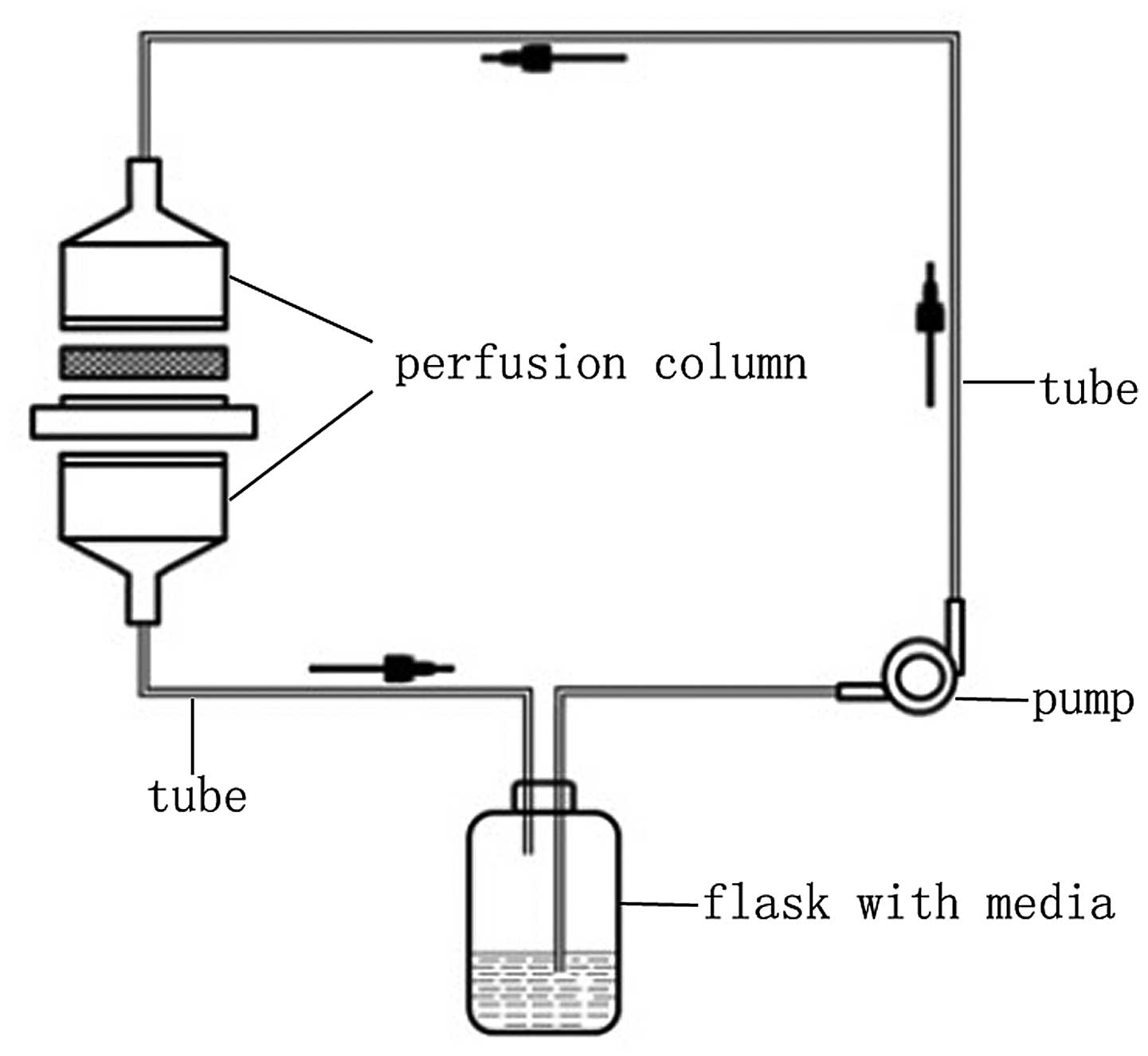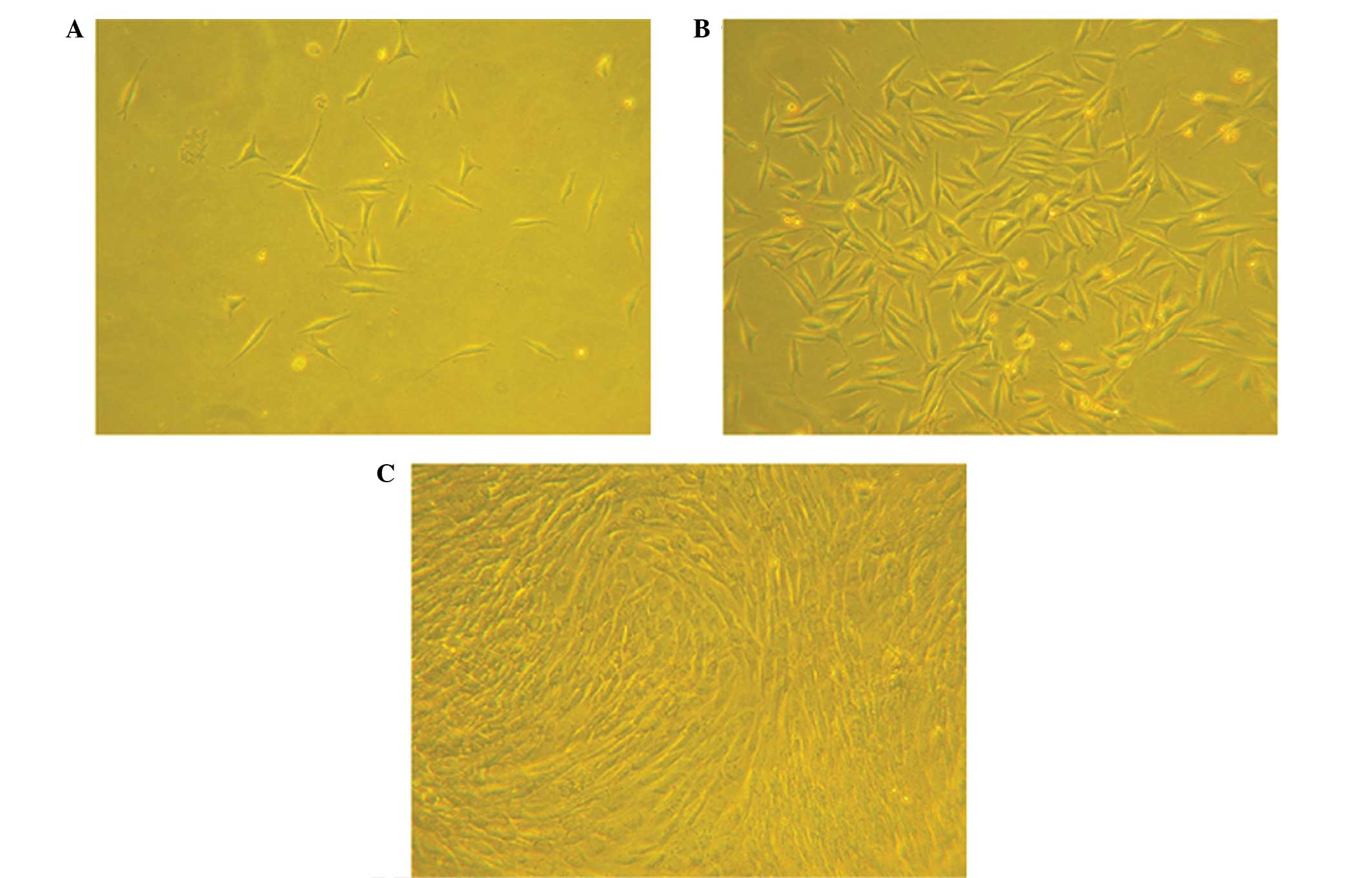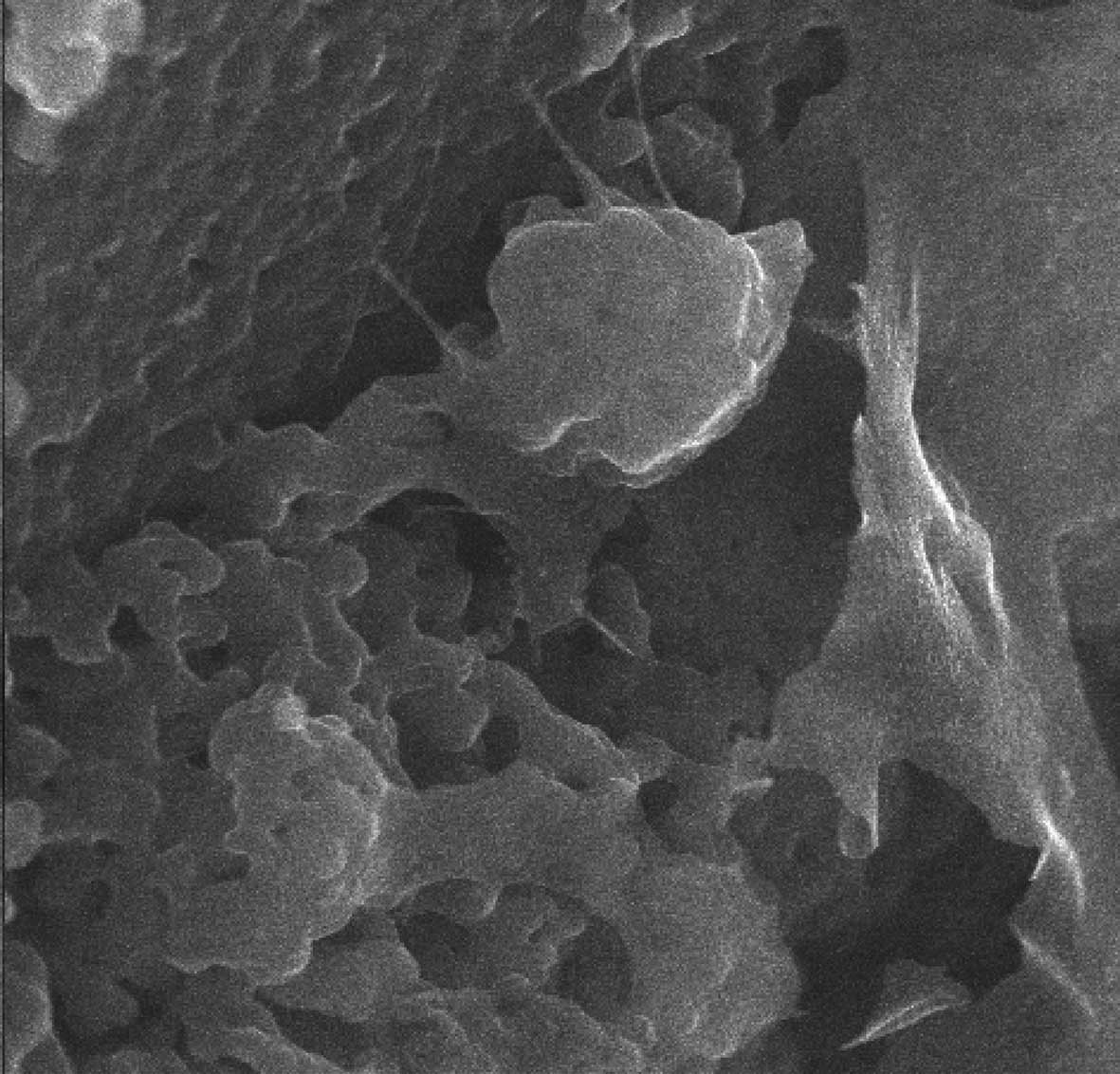|
1
|
Vacanti CA and Upton J: Tissue-engineered
morphogenesis of cartilage and bone by means of cell
transplantation using synthetic biodegradable polymer matrices.
Clin Plast Surg. 21:445–462. 1994.PubMed/NCBI
|
|
2
|
Kasten P, Vogel J, Geiger F, et al: The
effect of platelet-rich plasma on healing in critical-size
long-bone defects. Biomaterials. 29:3983–3992. 2008. View Article : Google Scholar : PubMed/NCBI
|
|
3
|
Yazdani SO, Pedram M, Hafizi M, et al: A
comparison between neurally induced bone marrow derived mesenchymal
stem cells and olfactory ensheathing glial cells to repair spinal
cord injuries in rat. Tissue Cell. 44:205–213. 2012. View Article : Google Scholar : PubMed/NCBI
|
|
4
|
Parsons P, Butcher A, Hesselden K, et al:
Platelet-rich concentrate supports human mesenchymal stem cell
proliferation, bone morphogenetic protein-2 messenger RNA
expression, alkaline phosphatase activity, and bone formation in
vitro: a mode of action to enhance bone repair. J Orthop Trauma.
22:595–604. 2008. View Article : Google Scholar : PubMed/NCBI
|
|
5
|
Park EJ, Kim ES, et al: Improved bone
healing by angiogenic factor-enriched platelet-rich plasma and its
synergistic enhancement by bone morphogenetic protein-2. Int J Oral
Maxillofac Implants. 23:818–826. 2008.PubMed/NCBI
|
|
6
|
Oreffo RO, Driessens FC, Planell JA and
Triffitt JT: Growth and differentiation of human bone marrow
osteoprogenitors on novel calcium phosphate cements. Biomaterials.
19:1845–1854. 1998. View Article : Google Scholar : PubMed/NCBI
|
|
7
|
Sun S, Ren Q, Wang D, et al: Repairing
cartilage defects using chondrocyte and osteoblast composites
developed using a bioreactor. Chin Med J (Engl). 124:758–763.
2011.
|
|
8
|
Campagnoli C, Roberts IA, Kumar S, et al:
Identification of mesenchymal stem/progenitor cells in human
first-trimester fetal blood, liver, and bone marrow. Blood.
98:2396–2402. 2001. View Article : Google Scholar : PubMed/NCBI
|
|
9
|
Mareschi K, Ferrero I, Rustichelli D, et
al: Expansion of mesenchymal stem cell isolated from pediatric and
adult donor bone marrow. J Cell Biochem. 97:744–754. 2006.
View Article : Google Scholar
|
|
10
|
Wang D, Jiang H, Wang S, et al:
Construction of tissue-engineered bone using a bioreactor and
platelet-rich plasma. Exp Ther Med. 8:413–418. 2014. View Article : Google Scholar : PubMed/NCBI
|
|
11
|
Liu Y, Zhou Y, Feng H, Ma GE and Ni Y:
Injectable tissue-engineered bone composed of human adipose-derived
stromal cells and platelet-rich plasma. Biomaterials. 29:3338–3345.
2008. View Article : Google Scholar : PubMed/NCBI
|
|
12
|
Alborzi A, Mac K, Glackin CA, Murray SS
and Zernik JH: Endochondral and intramembranous fetal bone
development: osteoblastic cell proliferation, and expression of
alkaline phosphatase, m-twist, and histone H4. J Craniofac Gent Dev
Biol. 6:94–106. 1996.
|
|
13
|
Duan Z, Zheng Q and Guo X: Dose-dependence
of bone morphogenetic protein 2-derived peptide on osteogenic
induction in marrow mesenchymal stem cells in vitro. Zhongguo Xiu
Fu Chong Jian Wai Ke Za Zhi. 21:1118–1122. 2007.(In Chinese).
PubMed/NCBI
|
|
14
|
Fridenshteĭn AIa: Stromal bone marrow
cells and the hematopoietic microenvironment. Arkh Patol. 44:3–11.
1982.(In Russian).
|
|
15
|
Van Damme A, Vanden Driessche T, Collen D
and Chuah MK: Bone marrow stromal cells as targets for gene
therapy. Curr Gene Ther. 2:195–209. 2002. View Article : Google Scholar : PubMed/NCBI
|
|
16
|
Intini G: The use of platelet-rich plasma
in bone reconstruction therapy. Biomaterials. 30:4956–4966. 2009.
View Article : Google Scholar : PubMed/NCBI
|
|
17
|
Kawase T, Okuda K, Wolff LF and Yoshie H:
Platelet-rich plasma-derived fibrin clot formation stimulates
collagen synthesis in periodontal ligament and osteoblastic cells
in vitro. J Periodontol. 74:858–864. 2003. View Article : Google Scholar : PubMed/NCBI
|
|
18
|
Yamada Y, Ueda M, Naiki T, et al:
Autogenous injectable bone for regeneration with mesenchymal stem
cells and platelet-rich plasma: tissue-engineered bone
regeneration. Tissue Eng. 10:955–964. 2004. View Article : Google Scholar : PubMed/NCBI
|
|
19
|
Kasten P, Vogel J, Geiger F, et al: The
effect of platelet-rich plasma on healing in critical-size
long-bone defects. Biomaterials. 29:3983–3992. 2008. View Article : Google Scholar : PubMed/NCBI
|
|
20
|
Lieberman JR, Daluiski A and Einhorn TA:
The role of growth factors in the repair of bone. Biology and
clinical applications. J Bone Joint Surg Am. 84-A:1032–1044.
2002.PubMed/NCBI
|
|
21
|
Santoni BG, Pluhar GE, Motta T and Wheeler
DL: Hollow calcium phosphate microcarriers for bone regeneration:
in vitro osteoproduction and ex vivo mechanical assessment. Biomed
Mater Eng. 17:277–289. 2007.PubMed/NCBI
|
|
22
|
Klein-Nulend J, van der Plas A, Semeins
CM, et al: Sensitivity of osteocytes to biomechanical stress in
vitro. FASEB J. 9:441–445. 1995.PubMed/NCBI
|
|
23
|
Owan I, Burr DB, Turner CH, et al:
Mechanotransduction in bone: osteoblasts are more responsive to
fluid forces than mechanical strain. Am J Physiol. 273:C810–C815.
1997.PubMed/NCBI
|
|
24
|
Bakker AD, Soejima K, Klein-Nulend J and
Burger EH: The production of nitric oxide and prostaglandin E(2) by
primary bone cells is shear stress dependent. J Biomech.
34:671–677. 2001. View Article : Google Scholar : PubMed/NCBI
|
|
25
|
Wang Y, Kim UJ, Blasioli DJ, et al: In
vitro cartilage tissue engineering with 3D porous aqueous-derived
silk scaffolds and mesenchymal stem cells. Biomaterials.
26:7082–7094. 2005. View Article : Google Scholar : PubMed/NCBI
|


















